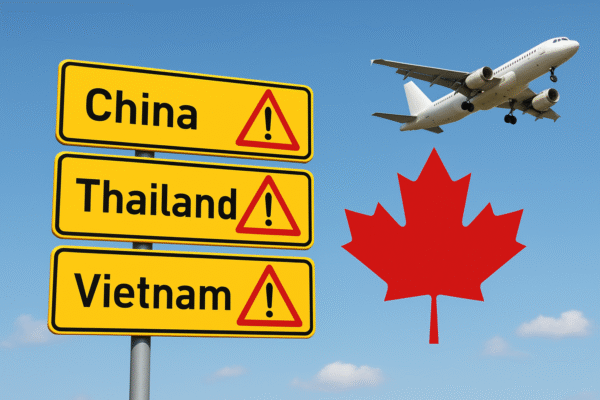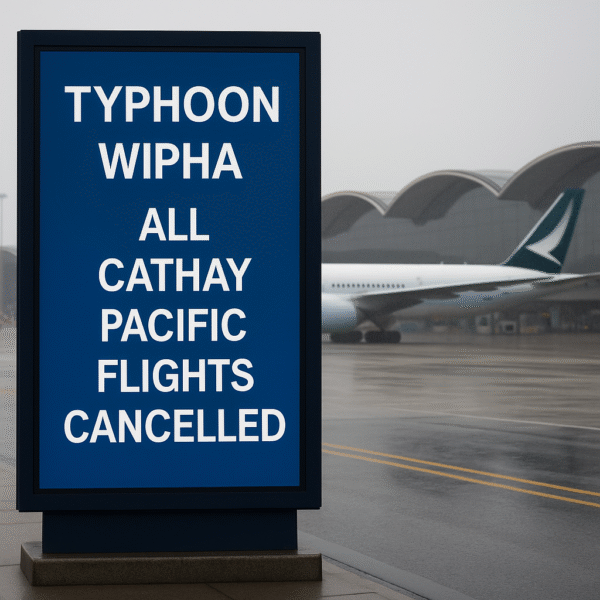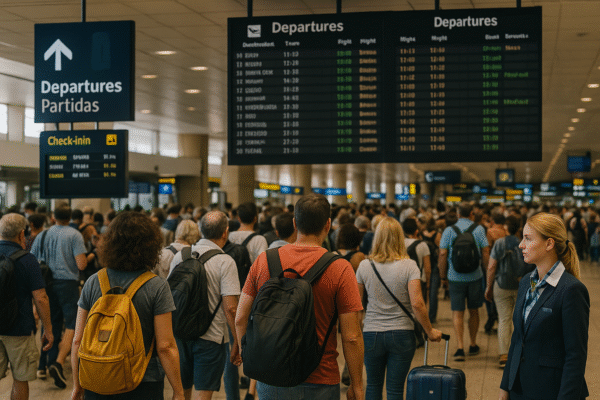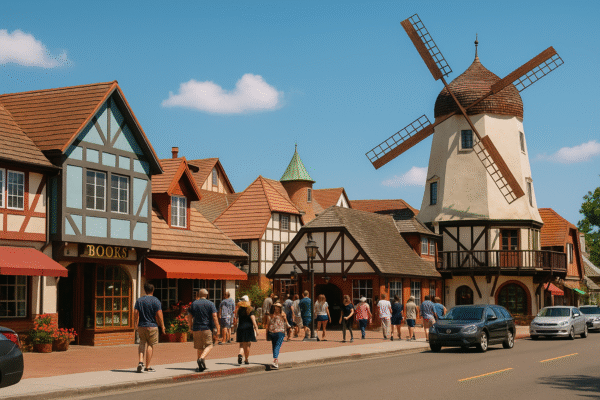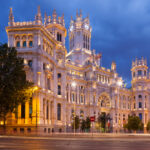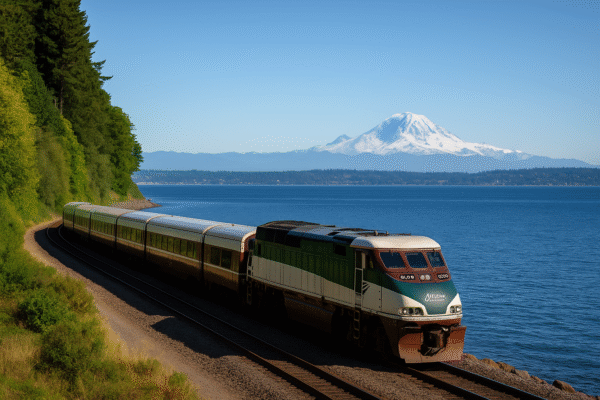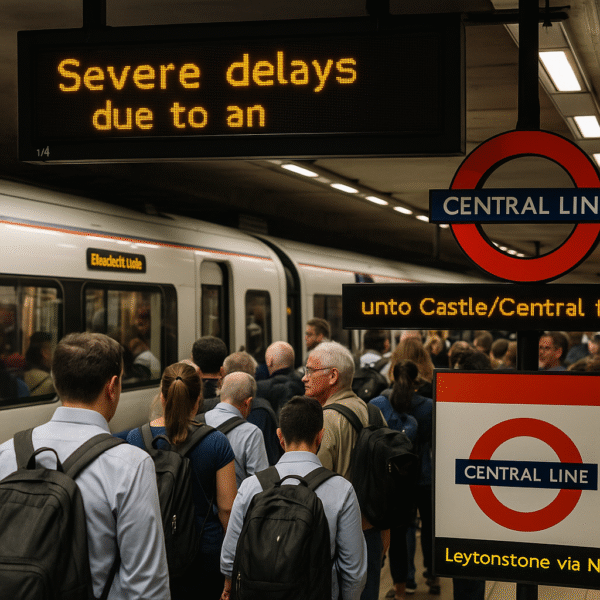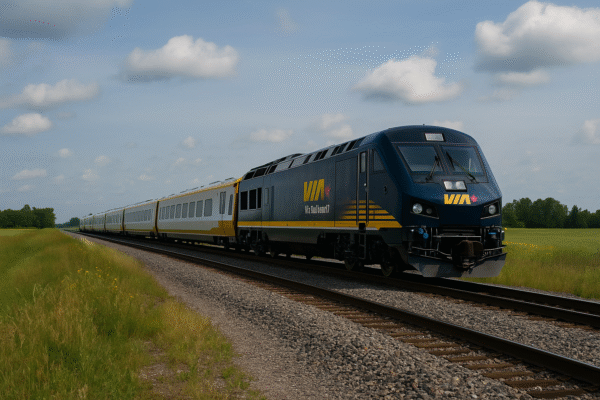For travelers yearning for European charm without the long flight or passport stamp, several U.S. towns deliver a deeply immersive experience. Places like Solvang, CA, Sugarcreek, OH, Charlotte Amalie in the U.S. Virgin Islands, Door County, WI, and Leavenworth, WA showcase a cultural heritage rooted in European traditions—while serving as powerful engines of local tourism economies.
These destinations aren’t just about aesthetic mimicry. They represent meaningful intersections of immigrant history, community storytelling, and economic revitalization.
Solvang, California: Danish Culture Under the California Sun
Founded in 1911 by Danish educators and immigrants, Solvang is known for its windmills, red-roofed timber buildings, and irresistible Danish pastries like æbleskiver. Located in Santa Barbara County’s Santa Ynez Valley, the town draws more than 1.5 million annual visitors, according to Visit California.
Events such as the Danish Days Festival bring traditional folk dancing and costume parades to life, while museums like the Elverhøj Museum of History & Art provide context to Solvang’s Nordic origins. Tourism fuels the local economy with tens of millions of dollars annually in lodging and hospitality revenues.
However, local officials are grappling with housing affordability and overcrowding, as longtime residents voice concerns about rising rents and seasonal congestion. Strategic city planning aims to balance growth with preservation, ensuring Solvang remains both a tourist haven and a livable community.
Sugarcreek, Ohio: A Slice of Switzerland in Amish Country
Tucked in the rolling hills of Tuscarawas County, Sugarcreek blends Swiss alpine architecture with the authentic lifestyle of its large Amish population. Originally settled by Swiss and German immigrants, this “Little Switzerland of Ohio” hosts the annual Ohio Swiss Festival, features a giant cuckoo clock downtown, and maintains a quaint European ambiance.
According to Ohio’s tourism board, Sugarcreek attracts more than 300,000 annual visitors, supporting artisan businesses, Amish markets, and locally owned inns. Tourism helps sustain this rural community, offering economic opportunities in an otherwise quiet agricultural region.
Yet, locals emphasize preserving the town’s peace and rhythm. For many, tourism isn’t just revenue—it’s a way to share their history and craftsmanship with a curious world.
Charlotte Amalie, U.S. Virgin Islands: Danish Colonial Elegance in the Caribbean
Once the capital of the Danish West Indies, Charlotte Amalie stands out for its 17th-century urban design, cobblestone alleys, and Danish-inspired architecture nestled among Caribbean palms. As the capital of the U.S. Virgin Islands, it merges tropical appeal with European roots.
According to the U.S. Virgin Islands Department of Tourism, Charlotte Amalie welcomes over 1.2 million cruise ship passengers annually, contributing hundreds of millions in visitor spending. Historic sites like Fort Christian and the 99 Steps are being increasingly preserved and interpreted to educate visitors on the city’s complex colonial past.
Efforts are underway to balance commerce with cultural integrity, ensuring that history isn’t just commodified—but honored and shared in ways that resonate beyond souvenir shopping.
Door County, Wisconsin: The Nordic Cape Cod
Situated along Lake Michigan, Door County evokes the look and feel of a Scandinavian coastal village. Once settled by Nordic and Dutch immigrants, its towns are dotted with heritage inns, cherry orchards, lighthouses, and waterfront cottages. The peninsula has earned the nickname “Cape Cod of the Midwest.”
Tourism is the economic lifeblood here. Per the Wisconsin Department of Revenue, Door County contributes over $2 billion annually to the state’s economy through seasonal lodging, restaurant, and cultural tourism. The Fish Creek Winter Festival, cherry blossom tours, and Scandinavian Midsummer celebrations draw travelers year-round.
Yet, as vacation homes multiply, housing affordability for essential workers—including teachers and seasonal staff—has become a flashpoint. Community initiatives now promote remote work incentives and diversified festivals to sustain a more year-round economy.
Leavenworth, Washington: Bavarian Revival in the Cascades
A stunning transformation story, Leavenworth reinvented itself in the 1960s after its logging industry collapsed. The town adopted a Bavarian Alpine theme, transforming its storefronts, hotels, and restaurants into a German-style village nestled in the Cascade Mountains.
Leavenworth is now a tourism powerhouse in Washington State. According to the Washington State Tourism Office, the town sees over two million visitors a year, generating around $500 million in economic activity. Signature events like the Christmas Lighting Festival and Oktoberfest attract both domestic and international guests.
As visitor numbers swell, traffic congestion and over-commercialization challenge the town’s authenticity. Yet residents continue to find pride in their town’s unique identity, blending warm Pacific Northwest hospitality with old-world flair.
Tourism That Builds Community and Legacy
Together, these five towns represent a larger national trend: tourism rooted in cultural authenticity and shared history. According to the U.S. Travel Association, tourism contributes over $1 trillion annually to the American economy, with small towns capturing a growing share as travelers seek immersive and meaningful experiences.
Local governments are now using lodging taxes, geolocation data, and heritage programming to manage crowds, encourage off-season travel, and reinvest in public infrastructure. Heritage trails, bilingual signs, and cultural centers extend the visitor experience into learning and connection.
These towns prove that tourism can go beyond economic benefit—it can foster preservation, pride, and perspective.
From æbleskiver in Solvang to alpine traditions in Leavenworth, these destinations highlight how European influences continue to shape American travel experiences. For visitors, they offer rich stories and postcard-perfect scenery. For residents, they are living legacies—testaments to the power of culture to connect us across oceans, histories, and communities.
For more travel news like this, keep reading Global Travel Wire





